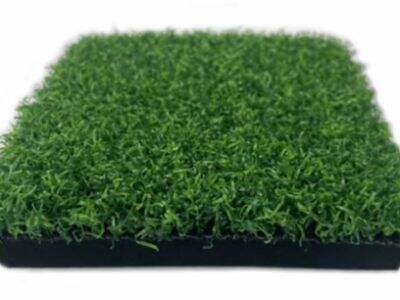If you have a yard at home, you may be considering their fake grass vs real grass options. This is a significant choice as both varieties of grass bring their own advantages and disadvantages. Knowing the differences between fake grass and real grass will let you decide what’s best for you and your family.
Expense and Maintenance of Fake Grass and Natural Grass
Now when it comes to cost, synthetic grass is more expensive than natural grass, at least up front. The main reason is that fake turf is the stuff that makes fake grass, and you also have to hire someone to put it in for you. Conversely, real grass can be sowed from seeds or small pieces of grass, known as sod, which can usually be considerably less expensive than that of Artificial Grass.
Now let’s talk about care. Artificial grass is incredibly low maintenance and does not require much effort. You don’t have to mow it, to cut the grass to keep it short, or water it, to give it moisture to grow. It also doesn’t need to be fertilized, the process of adding nutrients to help a plant grow better. But real grass requires maintenance to remain healthy and green. You have to mow it often to keep it neat, you have to water it regularly to keep it alive, and you have to fertilize it to ensure it’s getting the nutrients it needs. Fake Grass vs Real Grass: Real grass can take up a lot more time and effort to maintain than fake grass roll.
What to Know About Fake Grass and Real Grass and The Environment
Now, let’s consider the way these two kinds of grass influence the environment. Fake grass in harm as a synthetic material can be sincerely destructive to tabs in nature. This kind of grass isn't biodegradable over time, so can contribute to pollution and create waste. In contrast, Live grass is a living plant that can balance the environment. It can absorb carbon dioxide, a gas that can become dangerous in high levels, and release oxygen, what we breathe. We can probably conclude that real grass is the Earth-friendly choice.
Appearance of Faux Grass vs. Natural Grass
Now let’s discuss how fake grass places limb and limb to the way real grass looks. Even commercial fake grass can look quite realistic these days due to advances in both technology and design. But many still prefer the way natural grass looks and feels. Real grass is, after all, something you can feel underneath your feet, and its color has dimension and life — things fake grass cannot replicate. In addition, real grass feels softer under your feet, creating a more pleasant experience when playing, sitting, or hanging outside.
Fake Grass Vs Real Grass (Strength & Lifespan)
One other thing to keep in mind is how durable and resistant each type of grass is. Artificial lawn is durable and has longevity. It has lots of foot traffic, just people walking on it all the time, and it survives extreme weather with the color and the shape not fading or losing their form. Unlike real grass that can get damaged more easily. Pets running on it, pests trying to eat it or bad weather, like heavy rain or wind, may wear it down.

 AR
AR
 BG
BG
 HR
HR
 CS
CS
 DA
DA
 NL
NL
 FI
FI
 DE
DE
 IT
IT
 JA
JA
 KO
KO
 NO
NO
 PL
PL
 PT
PT
 RO
RO
 RU
RU
 SV
SV
 CA
CA
 IW
IW
 ID
ID
 LT
LT
 SR
SR
 SK
SK
 SL
SL
 UK
UK
 SQ
SQ
 ET
ET
 HU
HU
 TR
TR
 AF
AF
 MS
MS
 GA
GA
 CY
CY
 IS
IS
 HY
HY
 AZ
AZ
 MI
MI

/images/share.png)
